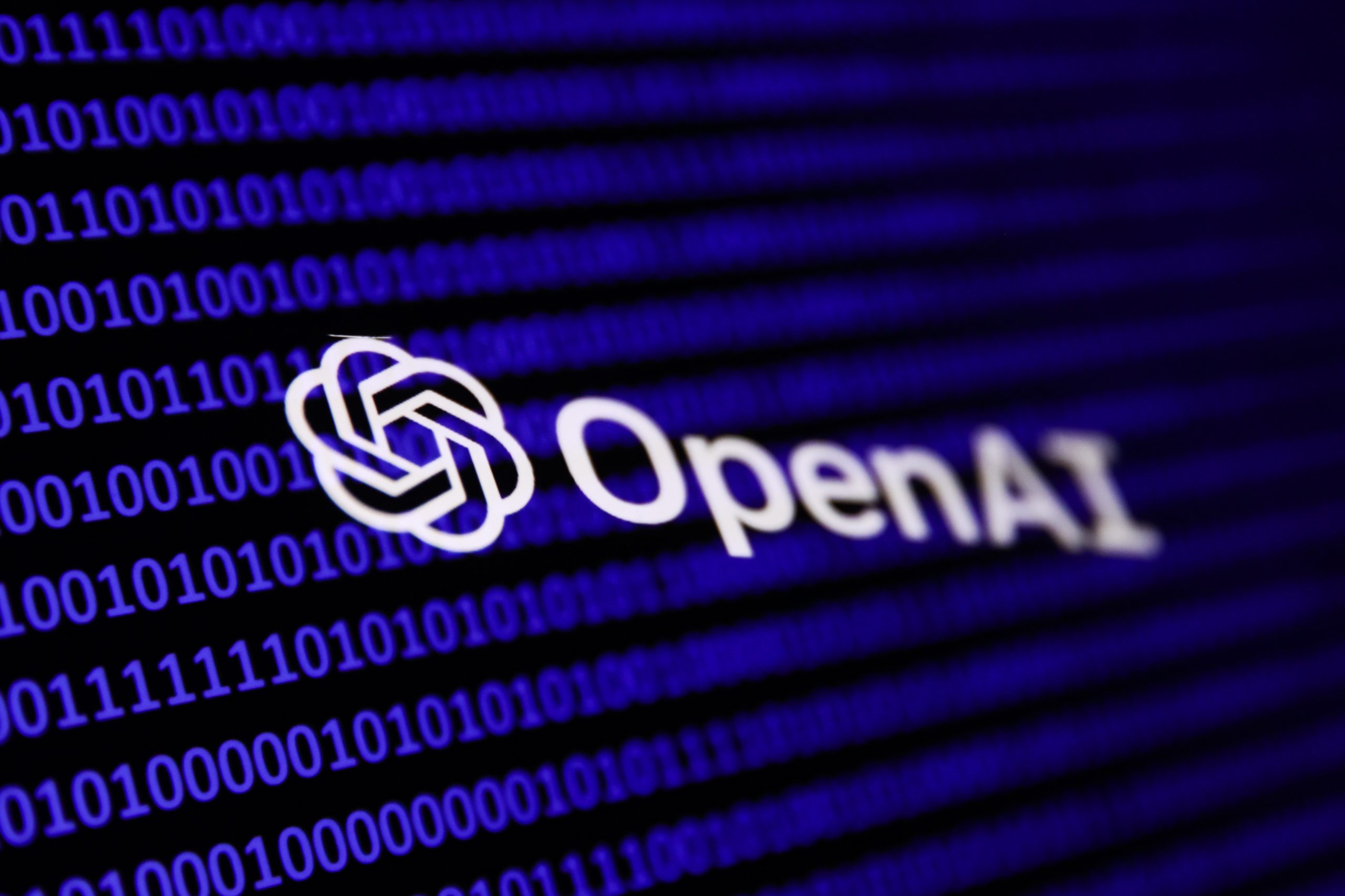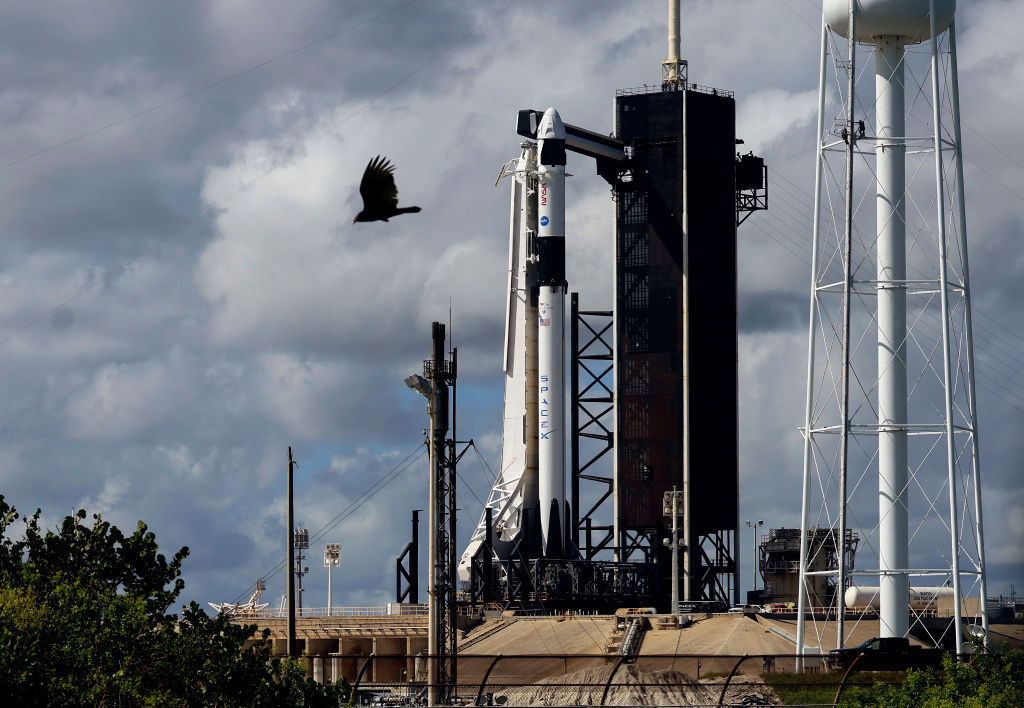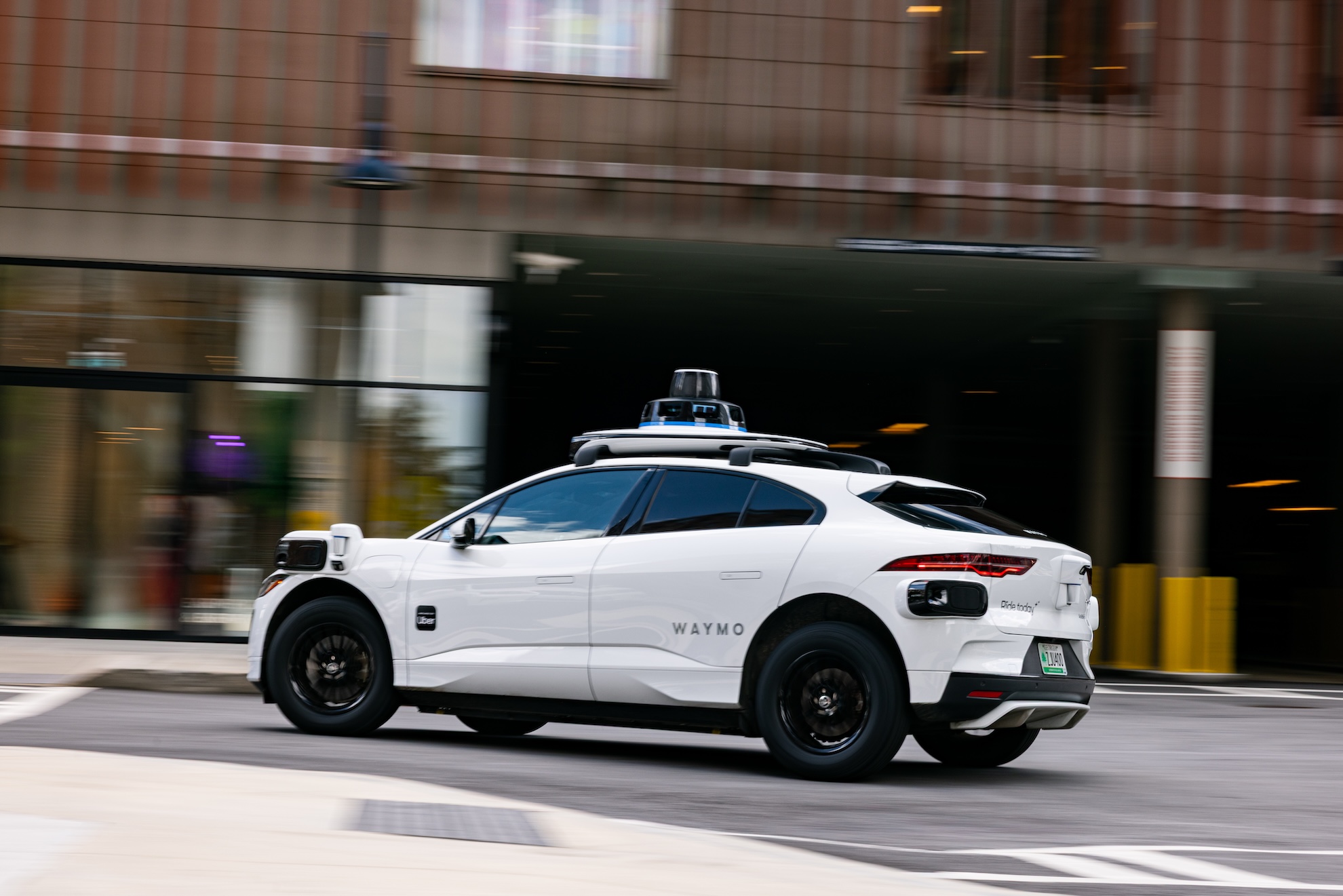
A recent incident at a Baltimore County, Maryland, high school has cast a spotlight on the burgeoning, yet often controversial, role of artificial intelligence in K-12 security systems. A student at Kenwood High School was reportedly subjected to handcuffing and a search after an AI-powered surveillance system erroneously identified his bag of Doritos as a potential firearm, triggering a rapid and concerning escalation of events that has prompted widespread discussion regarding the efficacy, ethics, and implementation of such advanced technologies in educational environments.
The student involved, Taki Allen, described a disorienting experience that began with a seemingly innocuous snack. As he recounted to local media outlets, he was simply holding a bag of chips with both hands, one finger extended, when the automated system flagged his posture and the object as suspicious. The subsequent response from school personnel and law enforcement was immediate and severe. Allen stated, "They made me get on my knees, put my hands behind my back, and cuffed me," an account that underscores the gravity of the situation and the real-world consequences stemming from an algorithmic misinterpretation.
The unfolding of events revealed critical breakdowns in communication and protocol. According to Principal Katie Smith, the school’s security department had, in fact, reviewed the initial gun detection alert generated by the AI system and subsequently canceled it after determining it was a false alarm. However, Principal Smith, unaware that the alert had already been invalidated, proceeded to report the incident to the school resource officer (SRO), who then escalated the matter further by contacting local police. This communication gap between different layers of school security and administration highlights a significant vulnerability in systems that rely on both automated alerts and human intervention. Omnilert, the company behind the AI gun detection system, issued a statement expressing regret for the incident and its impact on the student and community. Yet, the company maintained that "the process functioned as intended," a claim that has intensified the debate over what constitutes "intended function" when it leads to such a distressing outcome for a student.
The Rise of AI in School Security
The adoption of artificial intelligence in school security is a relatively recent, yet rapidly expanding, phenomenon, largely driven by a national imperative to enhance safety following a series of tragic school shootings. The landscape of school security has undergone a profound transformation over the past few decades. Historically, school safety measures primarily consisted of basic locks, emergency drills, and the presence of school resource officers. However, pivotal events such as the Columbine High School massacre in 1999, the Sandy Hook Elementary School shooting in 2012, and the Marjory Stoneman Douglas High School shooting in 2018 served as stark catalysts, spurring a demand for more sophisticated, proactive, and technology-driven solutions.
In the wake of these tragedies, school districts across the United States began investing heavily in a wide array of security technologies. Metal detectors, enhanced surveillance cameras, access control systems, and emergency communication platforms became standard features. The natural progression led to the integration of AI, promising capabilities beyond human observation. AI-powered systems now encompass various functions, including facial recognition for access control, behavioral anomaly detection, and, most prominently, weapon detection. These systems aim to provide an extra layer of vigilance, theoretically identifying potential threats before they materialize into harm. Proponents argue that AI offers continuous, unbiased monitoring, reducing human error and reaction times in critical situations. The allure of such technology lies in its promise of preemptive threat neutralization, offering a sense of enhanced security to parents, students, and staff.
A Growing Market, Growing Concerns
The market for school security technology is experiencing exponential growth, with numerous companies vying to offer the latest in AI-driven solutions. Companies like Omnilert, Evolv Technology, and Verkada are at the forefront, developing systems that leverage computer vision and machine learning to analyze video feeds, detect objects, and flag behaviors deemed suspicious. The financial investment in these technologies is substantial, often supported by federal grants and state funding allocated for school safety improvements.
However, the rapid deployment of these advanced systems has not been without significant social and cultural impact, raising a multitude of concerns among civil liberties advocates, educators, and parents. One of the foremost issues is privacy. The pervasive use of AI surveillance systems in schools transforms learning environments into spaces of constant monitoring, potentially eroding student privacy rights. Groups like the American Civil Liberties Union (ACLU) and the Electronic Frontier Foundation (EFF) have voiced strong objections, arguing that such extensive data collection and surveillance can stifle free expression and create a "chilling effect" on student behavior. The data collected by these systems – ranging from video footage to behavioral patterns – raises questions about storage, access, and potential misuse.
Furthermore, the potential for algorithmic bias is a critical concern. AI systems are trained on vast datasets, and if these datasets are not diverse or representative, the algorithms can perpetuate or even amplify existing societal biases. There is a documented history of facial recognition and object detection systems exhibiting higher error rates for individuals with darker skin tones or specific demographic groups. In a school setting, this could lead to disproportionate scrutiny and false positives for minority students, exacerbating existing inequalities and contributing to the "school-to-prison pipeline" where students, particularly those of color, are funneled into the criminal justice system due to overly punitive school disciplinary practices. The Kenwood incident, while not explicitly linked to racial bias in its object detection, highlights how a system designed to identify threats can disproportionately impact students through misidentification and over-policing.
Understanding AI’s Limitations and Biases
The claim by Omnilert that "the process functioned as intended" following the Kenwood incident underscores a fundamental tension in AI development and deployment: the gap between technical functionality and real-world ethical implications. From a purely algorithmic perspective, if the system was designed to flag objects resembling firearms based on specific visual cues (shape, size, how it’s held), then flagging a Doritos bag held in a particular manner might indeed be considered "functioning as intended" in terms of its programmed parameters. However, this definition of "intended function" fails to account for the ultimate goal of school security: to enhance safety without unduly harming students.
This paradox highlights the difference between accuracy, precision, and recall in AI systems. A system might have high recall, meaning it’s very good at identifying all potential threats, but this often comes at the cost of precision, leading to a higher rate of false positives. In a security context, developers often err on the side of caution, preferring to generate more alerts (high recall) than to miss a genuine threat (low recall). However, an excessive number of false positives can lead to alert fatigue, desensitization among human operators, and, as demonstrated in Baltimore County, significant distress and negative consequences for innocent individuals.
Analytical commentary often points out that AI systems lack common sense and contextual understanding. A human observer, upon seeing a student holding a bag of chips, would likely immediately discern its harmless nature. An AI, however, processes visual data based on patterns it has learned, and without sophisticated contextual reasoning, it cannot differentiate between a genuine threat and a benign object that happens to share some superficial visual characteristics with a weapon. This limitation is a significant hurdle in the widespread, unsupervised deployment of AI in sensitive environments.
The Human Element: Oversight and Protocol
The Kenwood incident serves as a critical case study in the necessity of robust human oversight and clear operational protocols when deploying AI security systems. The fact that the school’s internal security team had already canceled the alert, yet the principal and SRO proceeded with a police call, reveals a critical failure in the "human-in-the-loop" process. Effective AI implementation requires not just the technology itself, but also comprehensive training for all personnel, well-defined escalation procedures, and a clear communication hierarchy.
Without proper training, human operators may either over-rely on AI alerts without critical evaluation or become overwhelmed by false positives, leading to both under-response and over-response scenarios. The incident suggests that the protocol for handling AI alerts at Kenwood High School was either unclear, not fully understood by all stakeholders, or simply not followed effectively. The human element is crucial for contextualizing AI outputs, making nuanced judgments, and preventing algorithmic errors from spiraling into real-world harm. This requires not just technical proficiency but also an understanding of the ethical implications of their decisions.
Navigating the Ethical Landscape
The deployment of AI in schools forces a broader societal conversation about the ethical boundaries of surveillance and the balance between security and individual liberties. While the desire to protect students is paramount, the methods employed must be critically examined for their actual effectiveness and potential unintended consequences. Is a school environment saturated with AI surveillance truly safer, or does it merely create an illusion of security at the cost of student well-being and trust?
Critics argue that an over-reliance on technology can lead to "security theater"—measures that appear to enhance safety but do little to address underlying issues or genuinely prevent violence. Furthermore, the constant monitoring can foster an environment of distrust between students and staff, undermining the very relationships essential for a healthy educational community. Students may feel less inclined to confide in adults if they perceive themselves to be under constant surveillance, potentially missing opportunities for early intervention in genuine crises.
The Path Forward: Balancing Safety and Rights
Moving forward, the conversation surrounding AI in school security must evolve beyond simple technological adoption to encompass a holistic approach that prioritizes student rights, ethical considerations, and proven effectiveness. This includes:
- Rigorous Testing and Validation: AI systems should undergo independent, transparent, and rigorous testing in real-world school environments before widespread deployment, with a focus on minimizing false positives and addressing potential biases.
- Clear Protocols and Training: Schools must establish unequivocal protocols for responding to AI alerts, ensuring that all staff members—from security personnel to administrators and SROs—are thoroughly trained and understand their roles, responsibilities, and communication pathways.
- Human Oversight and Discretion: The human element must remain central to the decision-making process. AI should serve as a tool to augment human capabilities, not replace critical human judgment and contextual understanding.
- Transparency and Community Engagement: School districts should engage openly with parents, students, and community stakeholders about the rationale, capabilities, and limitations of AI security systems. Transparency builds trust and allows for informed discussions about privacy and safety tradeoffs.
- Focus on Root Causes: While technology can play a role, comprehensive school safety strategies must also address the root causes of violence, including mental health support, conflict resolution programs, and fostering inclusive school cultures.
- Legislative and Policy Guidance: Policymakers need to develop clear guidelines and regulations for the ethical and responsible use of AI in schools, including standards for data privacy, bias mitigation, and accountability.
The incident at Kenwood High School serves as a potent reminder that while AI offers enticing possibilities for enhancing security, its deployment demands careful consideration, robust human oversight, and a commitment to protecting the rights and well-being of every student. The path forward requires a delicate balance, ensuring that the pursuit of safety does not inadvertently create new forms of harm or erode the fundamental trust essential for a thriving educational environment.





